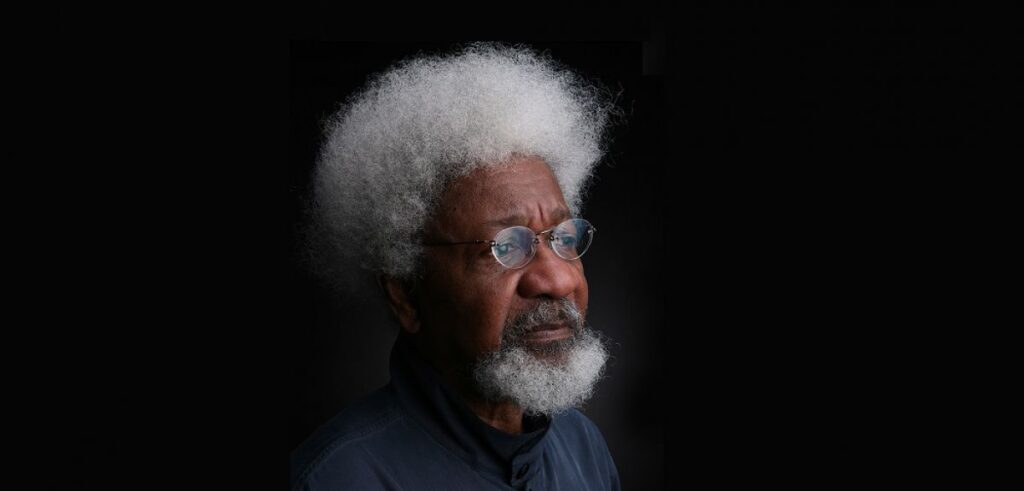COOKED bones, compared to fresh and raw bones, are relatively brittle and can fragment and splinter easily.
The risk of lodged bone fragments and cracked teeth can be minimised by feeding bones that are appropriate for your dog’s size.
The bone should be uncooked and not so small that your dog can swallow it whole.
The bone should also be large enough that the dog can’t get its molars around it, which would allow the dog to crush the bone or its teeth.
Dogs that gnaw on meaty bones produce more stomach acids, so bones with meat are more likely to be digested properly.
Supervision is important. Monitor your dog’s chewing and take away the bones if he/she begins to fragment into splinters or when your dog loses interest (so the bone does not collect bacteria).
Close observation is especially vital for dogs that gulp their food; for heavy jawed eaters (those that can crack even gigantic bones or toys); for puppies; and for first-time bone chewers.
To prevent bacterial contamination, handle the bones like you would any other meat product. Keep the bones refrigerated or frozen until used.
Clean your hands and meat-cutting surfaces after handling and take the bones away from the dog before they start to split.
Grinding Bones
FOR those who absolutely cannot bring themselves to feed their dog whole bones (some people, including some veterinarians, fall into this category), a middle road approach is grinding the bones and feeding the resulting meat-and-bone mix. This provides some of the bone feeding benefits without the risks.
Besides, feeding ground bones leaves less mess to clean up and may make it easier to keep germs to a minimum.
Ground bones won’t be as abrasive as whole bones, so the tooth cleaning action won’t be as great.
However, many owners who feed their dogs with ground bones report that the dogs have cleaner teeth and better dental health.
Dogs fed ground bones don’t get to exercise their gnawing muscles though, and there is no “thrill of the chew” with ground bones.
Finding a relatively inexpensive grinder that is both strong enough to grind bones and has a warranty that will cover regular grinding can be a chore. An Internet search would be a good place to start looking.
It is my opinion that feeding bones is one of the best ways to encourage dogs to be dogs, naturally.
As a veterinarian, I have seen some problems with feeding bones, such as chipped teeth, rare intestinal impactions and extremely rare perforations, but the incidence of problems is low, especially when we consider all the dogs that routinely chew bones.
I am convinced that the extent of these issues is nowhere near the health related problems we see in pets that are fed poor quality commercial foods.
So, for all dogs, with the possible exception of gulpers and hard gnawers, I whole-heartedly recommend bones as an addition to high quality diet.
Tips for feeding dogs with bones
1. Feed them with uncooked bones that still have some meat attached.
2. Feed them bones that they cannot swallow whole.
3. Supervise the dog’s bone chewing, especially if it is prone to gulping or heavy chewing.
4. If possible, start feeding puppies with bones soon after they are weaned. Early starters learn how to chew and digest bones, and don’t seem to have problems that may occur with dogs introduced to bones later in life.
5. Handle raw bones with the same care you would use for any raw meat.
6. If you cannot bring yourself to feed whole raw bones, consider grinding them with a bone grinder.
Monitor your dog for problems that could occur from chewing bones.
Check its mouth and teeth periodically.
Check bowel movements. The stool may appear slightly chalky, but should not be so mineralised that it causes the dog to stain when it defecates.
I have not in any way given a license to dog owners to start feeding their pets with bones. What I have done is to give an alternative.











